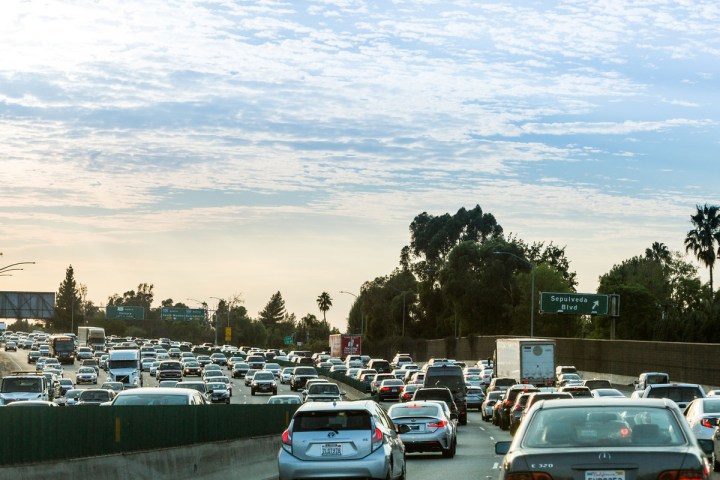
This determination by the EPA comes even after many of the same automakers who previously reported they were on track to meet the standards more recently changed their position via a lobby group. Two days after last November’s presidential election, the Alliance of Automobile Manufacturers sent a letter to President-elect Donald Trump’s transition team asking for relief from the standards. Except for Tesla, the Alliance represents most major carmakers who sell in the U.S.
The Natural Resources Defense Council (NRDC), an international nonprofit environmental organization, hailed the announcement. In a blog post on Friday morning, Luke Tonachel, the NRDC director of the Clean Vehicles and Fuels Project at the Natural Resources Defense Council, said, “EPA’s decision to keep strong standards is good news for consumers, our energy security, and the environment. New cars and light trucks of all types will continue to get more fuel-efficient and less polluting each year. Drivers will save money at the pump while helping to reduce our costly dependence on oil and protect public health. Strong standards also are a key strategy for reducing our nation’s carbon pollution to meet the United States 2025 Paris Climate commitment and larger, longer-term reductions.”
According to NRDC calculations, a 2025 model year car meeting the standards for that year, “will save the owner nearly $4,000 compared to today’s average new car under the existing standards, because the fuel savings at the pump far outweigh the cost of the low-emissions technologies that make the vehicle more efficient.”
EPA administrator Gina McCarthy sent a signed letter to all stakeholders on Thursday, informing them of her determination. In the public announcement release the EPA noted that staying with the currently set standards for 2022-2025 was a compromise — the standards could have been set even higher. “The administrator is choosing to retain the current standards to provide regulatory certainty for the auto industry despite a technical record that suggests the standards could be made more stringent.”
Many observers believed the Alliance of Auto Manufacturers letter reflected a desire to slow down electric vehicle (EV) and other alternative fuel solutions by manufacturers, despite public statements that the automakers were enthusiastic about EVs. The timing of the letter soon after the U.S. election suggested that the manufacturers were counting on support from the Trump transition team.




